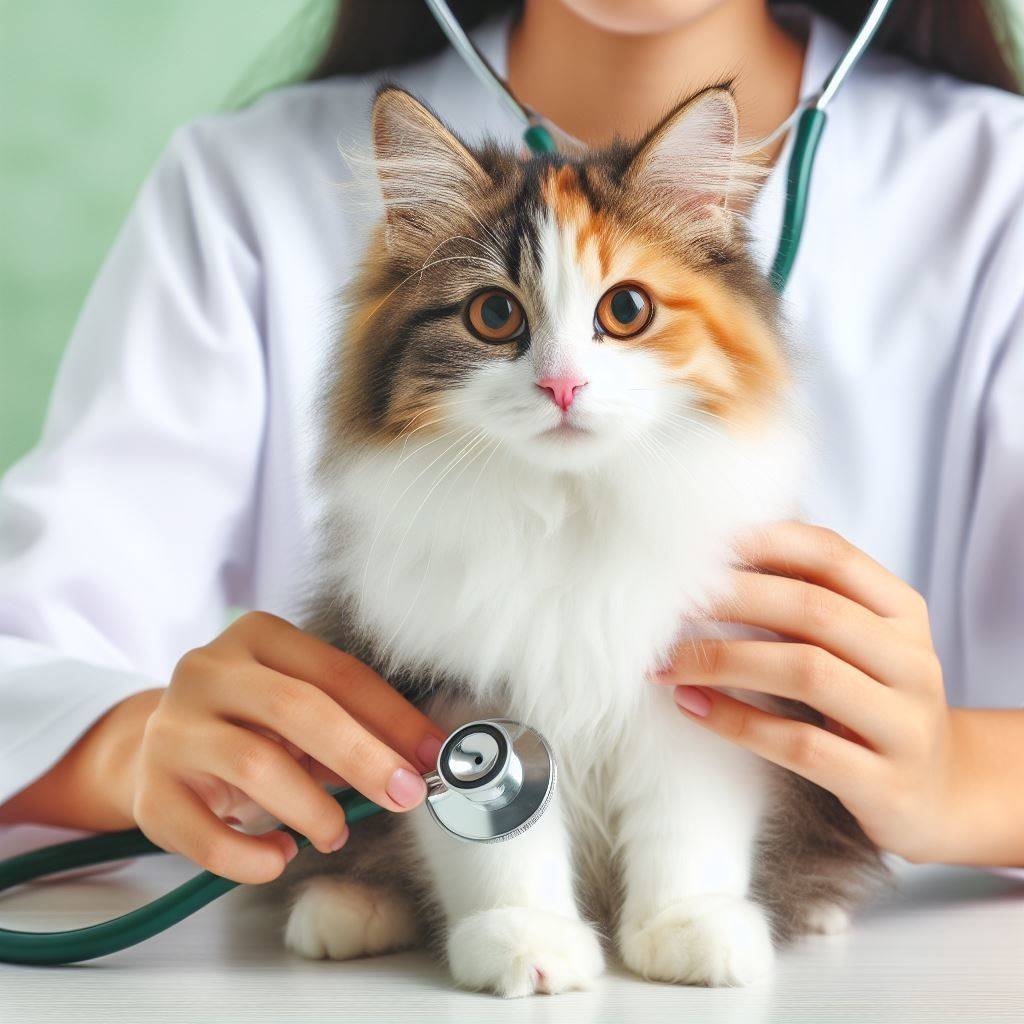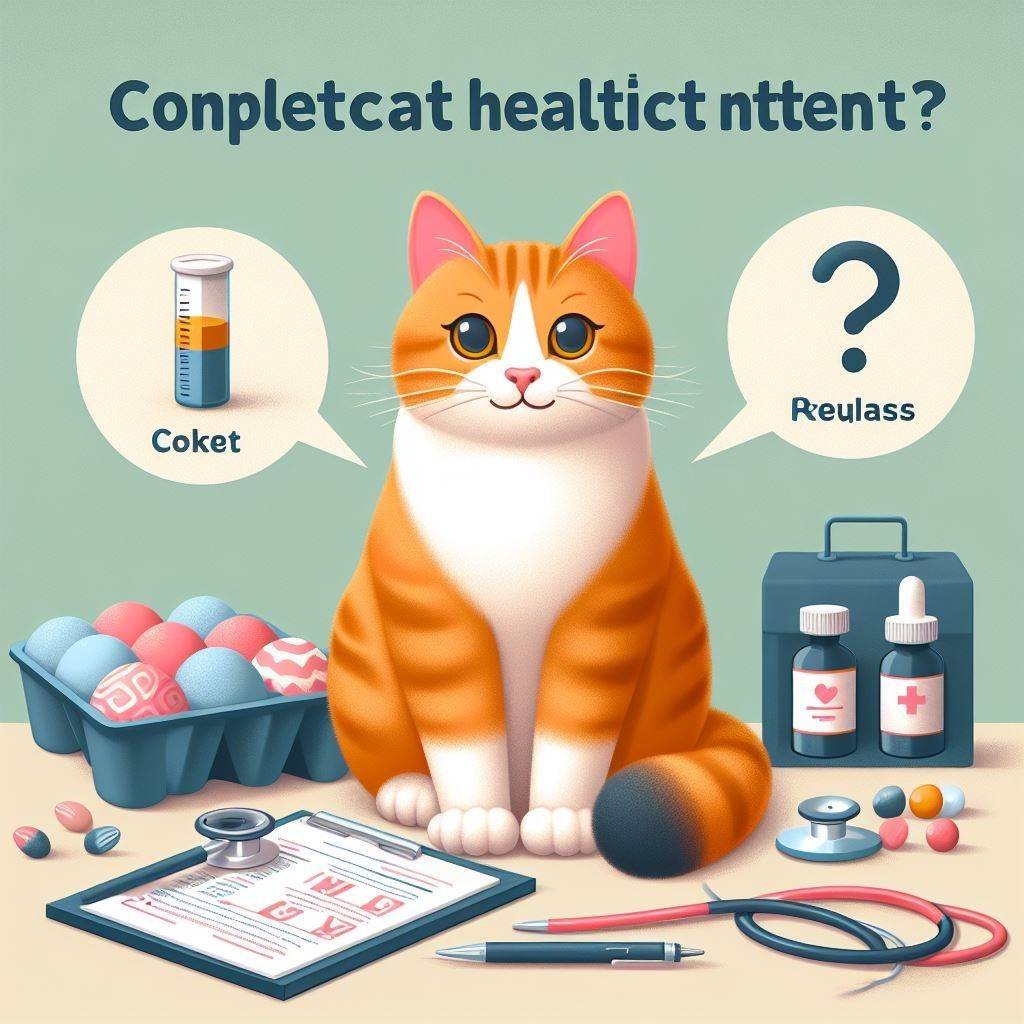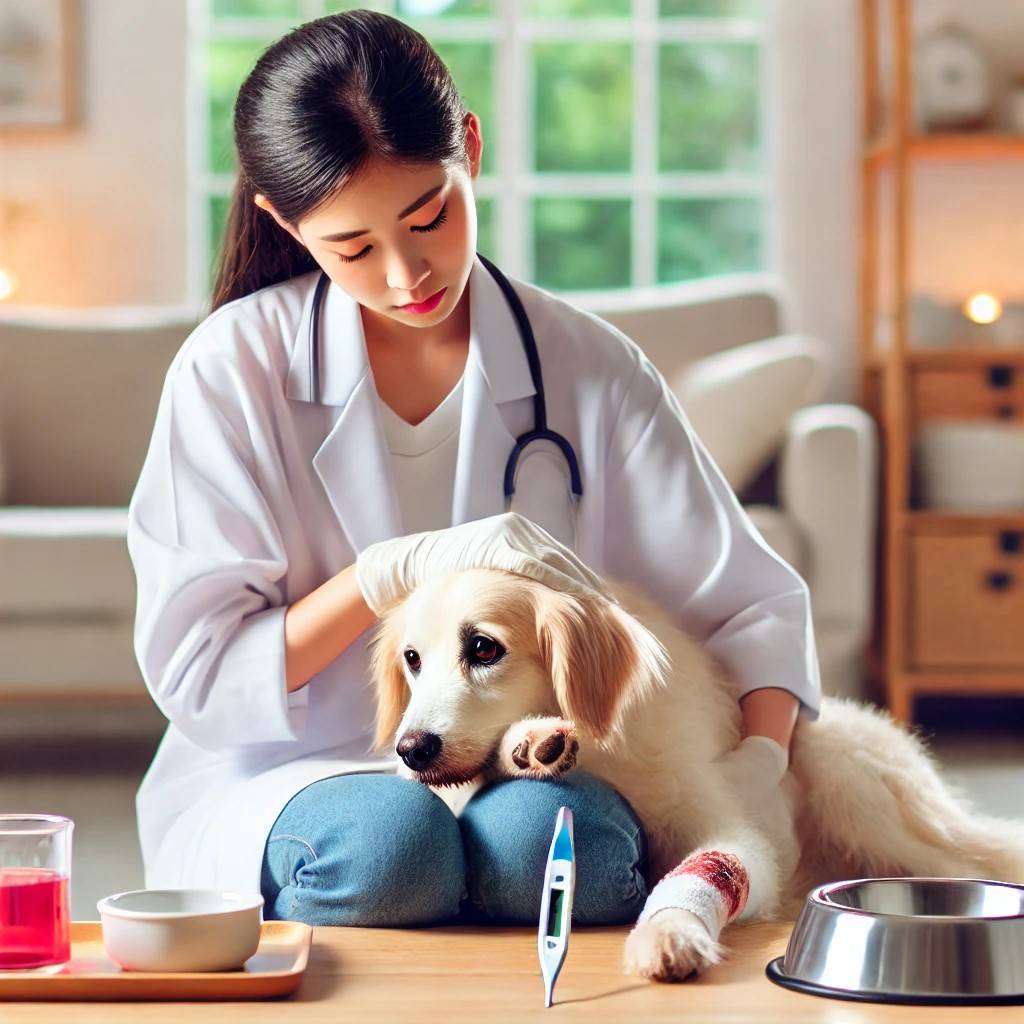Cat Health Check Breakdown: Expert Strategies for Happy Cats
Monitoring your cat’s health with regular Cat Health Checks lets you catch any problems early and keep them happy. This article outlines what a complete Cat Health Check exam looks like, warning signs to know, tips to prepare, questions to ask vets, and how to conduct periodic Cat Health Checks at home.
Key Takeaways on Cat Health Checks

- Cats hide illness well, so proactive cat health checks every 6-12 months are vital.
- Learn your cat’s normal baseline behaviour to identify deviations
- Watch for changes in litter box habits, eating/drinking, grooming, activity levels
- Pre-vet visit, gather key details on medical history & symptoms noticed
- During visits, openly communicate all concerns and questions with your vet
- Between visits, do home checks, nothing physical, behavioural & litter box changes
Thorough cat health checks and trusting your intuition about your cat lead to early interventions and better health outcomes.
What Does a Complete Cat Health Check Entail?

Comprehensive feline health checks include several components:
Patient History Review
Your vet will inquire about and assess the following:
- Past medical issues
- Current medications or supplements
- Preventative care like vaccines received
- Parasite Prevention Use & efficacy
- Diet & appetite factors
- Digestive or elimination concerns
- Behavioural shifts recently observed
- Lifestyle factors like activity patterns or stress exposures
- Other health changes raising suspicion
Especially note recent deviations from your cat’s normal baseline. Minor details help vets pinpoint problems.
Full Physical Exam & Diagnostic Tests
A head-to-tail exam includes the following:
- Weight, temperature & blood pressure
- Checking eyes, ears, skin, coat, mouth, lymph nodes
- Listening to the heart & lungs
- Palpating abdomen and joints
- Neurologic system assessment
Your vet may also run tests like:
- Bloodwork checking organ function, glucose, etc.
- Urinalysis assessing kidney & bladder health.
- Fecal tests for intestinal parasites
- Feline leukemia & immunodeficiency virus screening
- Imaging like x-rays or ultrasound if injuries or masses are suspected
Share all health worries to guide needed testing.
Assessment & Recommended Action Plan
Finally, your vet combines an impression from the history, exam findings, and test results. They will explain concerning issues found, make any diagnoses warranted, outline the next medical steps, prescribe medications if needed, and provide at-home monitoring recommendations between visits.
Getting a thorough periodic feline health check provides peace of mind or early detection of brewing problems to treat promptly.
Warning Signs to Watch for Between Cat Health Checks

Attuned cat owners pick up subtle signs of sickness, and cats hide well independently. Phone your vet if you notice:
Physical & Body Changes
- Significant weight loss or gain
- Limping, stiffness, or trouble moving
- Loss of house training or litter box avoidance
- Increased sleeping or low-energy periods
- Poor coat condition or hair loss patches
- Visible tumours, wounds, or swelling
Appetite & Thirst Deviations
- Eating less food than normal
- Refusal to eat for over 12-24 hours
- Increased or decreased water consumption
Behavior Shifts
- Hiding more often
- Decreased grooming habits
- Less interest in play, interaction, or petting
- Irritability when touched or picked up
Don’t delay on unusual shifts. Deviation from baseline health merits reevaluation.
Top Tips to Prepare for a Cat Health Check
Aiding your vet in making an accurate feline Cat Health Check assessment involves preparation:
- Record Any Changes– Note even minor differences you spot in litter box habits, food/water intake, activity patterns, elimination routine, sociability, grooming, and body condition. Insignificant details can provide big clues!
- Gather Health History– Have vaccination dates, past issues, medications tried, supplements given, parasite prevention products used, and vet contact info on hand.
- Prepare Documentation– Collect medical records from previous vets that provide historical context.
- Bring Stool/Urine Samples– If elimination concerns, providing a fresh sample helps with diagnosis.
- Skip The Food– Withholding food for 6-12 hours allows for accurate diagnostics if bloodwork or sedation is needed.
- Transport Properly Use a secure carrier to avoid escape and calm the car with minimal motion sickness-inducing turns.
- Have Patience– Carve out extra visit time for a thorough examination and discussions with the vet.
Well-prepped cat health check appointments allow vets to provide the best care for your feline family member.
Key Cat Health Questions to Discuss with Your Vet
To have a productive dialogue, questions to inquire about include:
Underlying Issues
- Based on findings and symptoms, what are the conditions at play?
- How will you determine the root cause diagnosis?
- What lab work, imaging, or tests confirm the diagnosis?
Treatment Course
- What treatment plan do you recommend and why?
- Will medications be prescribed, and how do I properly administer them?
- What are the home nursing measures I should implement?
Prognosis Expectations
- What is the disease course – acute, chronic, curable, manageable?
- What clinical improvements should I see with treatment and in what timeframe?
- What is the long-term outlook for my cat’s health and longevity?
Don’t hesitate to request clarification or additional explanations from your trusted vet.
Periodic Home Cat Health Checks
Between veterinary visits, be proactive with home health checks, observing:
Body Condition & Coat State
- Weight– Weigh monthly. Track trends.
- Coat– brush weekly, checking skin. Seek hair loss, dryness, and pests.
- Hydration– Assess skin tenting over neck/back. Note tacky gums.
Dietary Habits
- Appetite– Record daily food intake. Missing meals? Difficulty chewing/swallowing?
- Water– Note daily consumption. Increased thirst could indicate diabetes and kidney issues.
- Calorie intake– Has weight gain/loss occurred without diet change?
Activity Patterns & Comfort
- Playfulness– Less interested in toys, games, or interacting?
- Energy– Moving less, sleeping more? Trouble jumping or navigating stairs?
- Pain– Does he resist belly rubs or react when brushing certain areas?
- Mood– irritable, tense, or more vocal, including meows and night cries?
Elimination Practices
- Urine– Having accidents around the home? Straining? Blood noted?
- Stool– Is consistency ideal? Constipation or diarrhea present?
- Little habits– Avoiding box? Crying when eliminating? Recent issues covering stools?
Consistency is key to maintaining feline health. Track trends over time and discuss concerns promptly with your vet.
Conclusion: Well, Cats Start with Diligence
Savvy owners combine twice-yearly vet Cat Health Checks, home wellness evaluations between visits, prompt symptom tracking, and open communication with vets to achieve longevity and life quality in their feline companions.
FAQs about Cat Health Check
How can I check my cat’s health?
I monitor my cat’s health by doing regular at-home checks between vet visits and watching for changes in energy, eating habits, body weight, coat condition, litter box use, activity levels, and behavior. I track any differences I notice. Monthly weighing and brushing fur to feel for lumps/skin issues is also helpful. I take the kitty to the vet twice yearly for a full physical exam and bloodwork to catch problems early.
What does a cat health check involve?
When I bring my cat to the vet, the annual health check first involves giving a history of changes I’ve noticed, past issues, medications used, etc. The vet does a nose-to-tail physical exam, checking weight, eyes, skin, coat, mouth, and ears, listens to the heart/lungs, feels the abdomen, and checks joints. Tests can include bloodwork, urinalysis, fecal exam for parasites, feline leukemia screening, and imaging if injury or masses are suspected. The vet assesses findings and recommends any next steps for treatment or monitoring.
How do I make sure my cat is healthy?
The keys to ensuring my cat’s optimal health involve twice-yearly vet exams to catch problems early, doing periodic home health checks between visits, watching for changes from normal baseline, addressing issues promptly when they arise, keeping up with preventatives like parasite prevention and vaccines, feeding quality nutrition, and providing lots of exercise/play stimulation along with affection. Staying on top of changes through vigilance and vet partnership keeps kitty happy.
How do I know if my cat is unhealthy?
Signs my cat may be unhealthy include shifts like eating less or losing weight, vomiting/diarrhea, decreased energy, not using the litter box normally, changes in thirst, new odour to urine/stool, skin/fur issues, hiding more than normal, irritability if touched in certain spots, limping or strained movements, persistent changes in behaviour or personality like lack of grooming or playfulness, and just “not acting right”. Trusting my intuition plus quickly getting veterinary help is key.
Recommended reading



